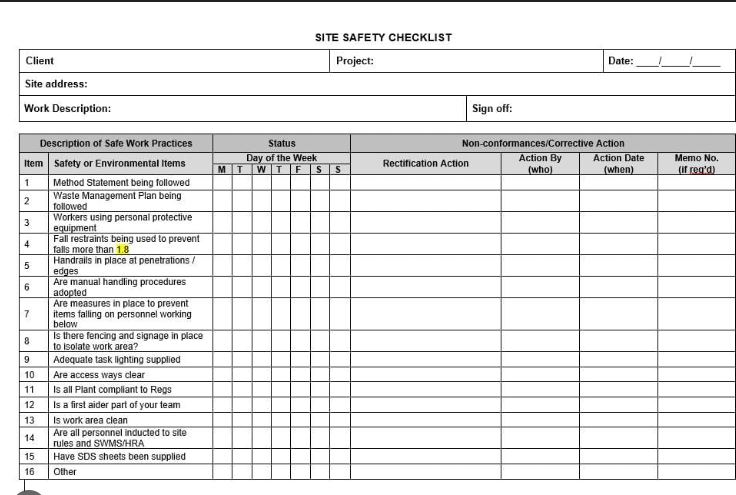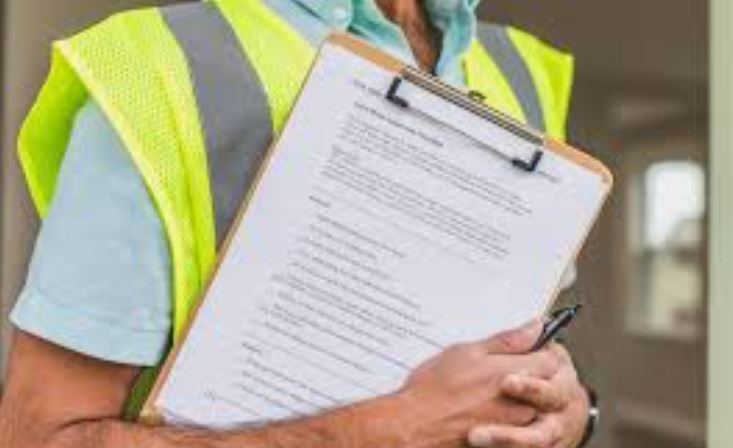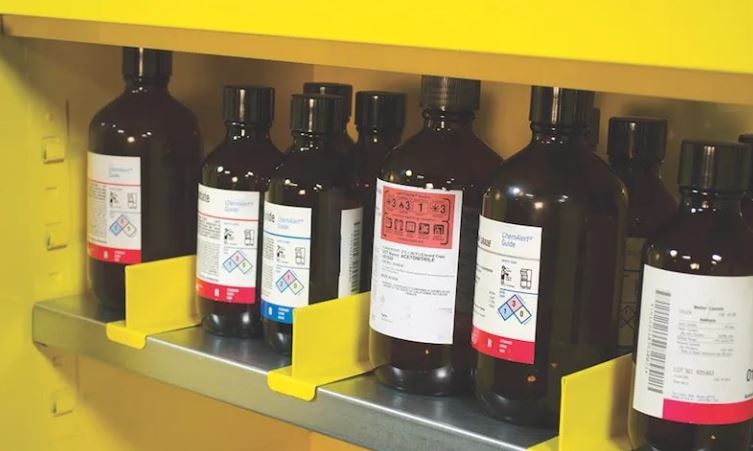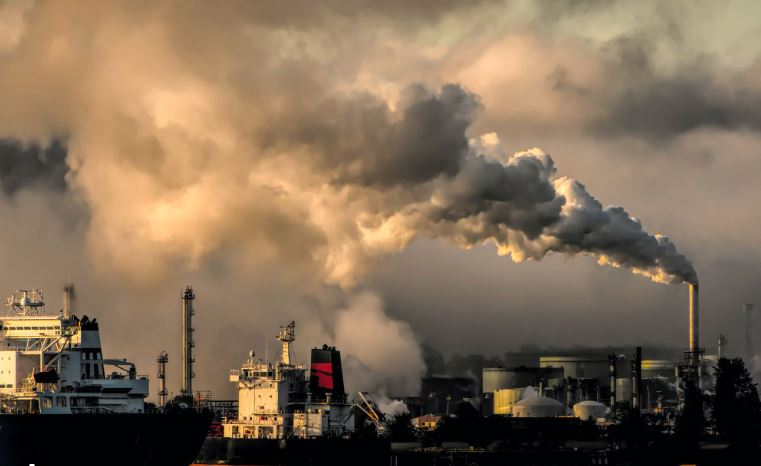A chemical safety checklist is a critical tool for maintaining a safe working environment. It ensures that all necessary safety measures are in place and followed consistently, minimizing the risk of accidents and exposure to hazardous chemicals. By systematically addressing potential hazards, the checklist helps organizations comply with regulatory standards and fosters a culture of safety among employees.

Maintaining a Chemical Safety Checklist in the Workplace
Developing a Comprehensive Checklist
Creating an effective chemical safety checklist involves identifying all chemicals used in the workplace and understanding their associated risks. The checklist should include detailed steps for proper storage, handling, and disposal of each chemical. Additionally, it should outline the necessary personal protective equipment (PPE), emergency response procedures, and first aid measures for dealing with chemical exposure or spills. Involving employees in the development process can also ensure that the checklist covers all relevant safety aspects.
Regular Inspections and Updates
Regular inspections are essential for ensuring that the chemical safety checklist is followed and remains effective. These inspections should be conducted periodically to identify any safety gaps or areas that need improvement. Updating the checklist to reflect changes in chemical usage, new regulations, or lessons learned from past incidents is also crucial. This ongoing review process helps keep safety protocols current and relevant.
Training and Communication
Effective communication and training are vital for the successful implementation of a chemical safety checklist. Employees should be trained on the specific safety measures outlined in the checklist and understand their importance. Regular safety meetings and refresher courses can reinforce the significance of following the checklist and keeping safety a top priority. Clear communication ensures that everyone is aware of their responsibilities and knows how to handle chemicals safely.
Emergency Preparedness
A well-maintained chemical safety checklist includes comprehensive emergency preparedness plans. These plans should cover the immediate steps to take in case of a chemical spill, fire, or exposure incident. The checklist should specify the locations of emergency equipment, such as eyewash stations, safety showers, and fire extinguishers. Regular drills and simulations can help employees practice their response to emergencies, ensuring they can act quickly and effectively in real situations.
Compliance with Regulations
Maintaining a chemical safety checklist helps organizations comply with various health and safety regulations. Regulatory bodies such as OSHA and the EPA have specific requirements for chemical safety, and adherence to these regulations is essential to avoid fines and legal issues. The checklist should reference relevant regulatory standards and ensure that all procedures align with legal requirements. Compliance not only protects employees but also enhances the organization’s reputation and operational integrity.
Documenting and Reporting
Proper documentation and reporting are integral to the effectiveness of a chemical safety checklist. Keeping detailed records of inspections, training sessions, incidents, and corrective actions ensures transparency and accountability. This documentation can be valuable during audits and investigations, demonstrating the organization’s commitment to safety and continuous improvement. Regularly reviewing these records can also identify trends and areas for further enhancement of safety protocols.
Conclusion
Maintaining a chemical safety checklist in the workplace is essential for protecting employees, complying with regulations, and fostering a culture of safety. By developing a comprehensive checklist, conducting regular inspections, and providing thorough training, organizations can minimize the risks associated with chemical use. Effective emergency preparedness and compliance with regulations further enhance the safety measures in place. Continuous documentation and reporting ensure ongoing improvement and accountability. Implementing and maintaining a robust chemical safety checklist is a proactive approach to safeguarding the workplace and ensuring a safe environment for all.




